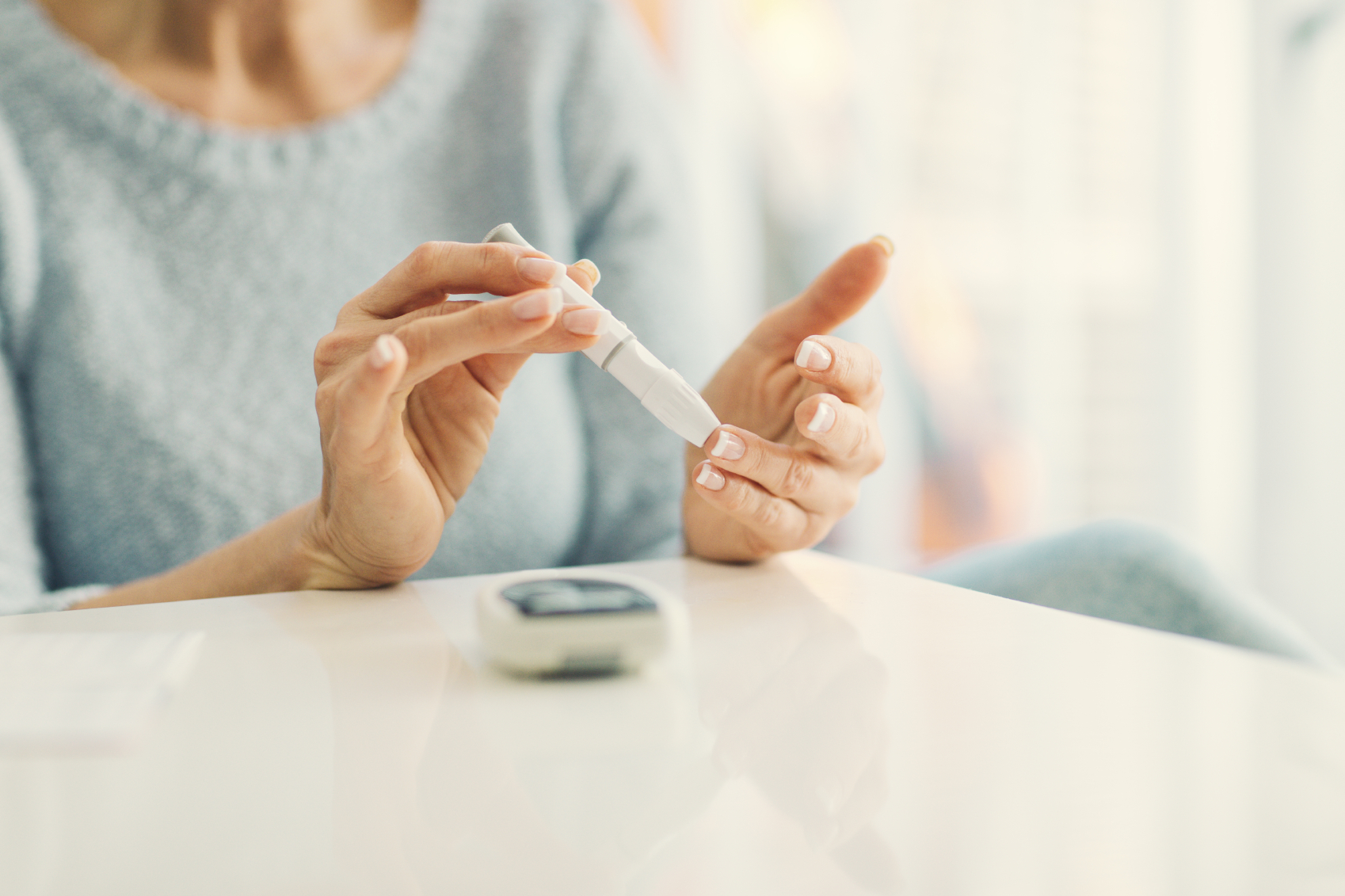A cure for diabetes could be on the horizon after scientists made human skin cells produce insulin.
In experiments the newly converted pancreatic cells protected against the condition when they were injected into mice.
The breakthrough could herald the end of daily jabs for type 1 diabetes, which usually develops in childhood and occurs because insulin-producing ‘beta’ cells have been damaged.
There is no cure and victims who do not control their blood sugar levels with injections of the hormone can suffer blindness, limb loss and early death.
The life-changing condition affects 400,000 people in the UK, with 29,000 of them children.
Unlike type 2 diabetes, it is not linked to lifestyle but caused by the immune system destroying the cells that produce insulin.
The study, published in the journal Nature Communications, found the pancreatic cells produced from the skin of patients suffering from type 1 diabetes were functional in mice.
They produced insulin and regulated blood glucose levels when transplanted into mice.
The eventual hope is by transplanting new beta cells formed from the person’s own skin cells, the pancreas will be able to make insulin again.
Dr Douglas Melton and colleagues took cells from the connective tissue of three patients and reprogrammed them to an embryonic like state.
They then cultured them in the laboratory to develop into the specialised ‘beta’ cells of the pancreas, which manufacture insulin.
The researchers compared their activity to that of normally functioning beta cells in order to see if the skin cells could produce working, insulin secreting cells or if they retained information from the disease state.
They found the patient derived beta like cells were completely reliable. They responded to glucose and secreted insulin both in cell culture and when transplanted into groups of three to five mice which were assessed over the course of several months.
Patients with type 1 diabetes suffer from under-production of insulin and have to compensate with regular injections of the hormone, which cannot be taken in oral form. Developing a way of “repopulating” the pancreas with functioning beta cells would result in an effective cure for the disorder.
Professor Douglas Melton, of Harvard Stem Cell Institute in the US, said: “These results show type 1 diabetic patients’ stem cell-derived b-cells could potentially be used for the treatment of diabetes, drug screening and the study of b-cell biology.”
The advantage of being able to use skin cells is cells could be taken from a person’s own body and retransplanted after adaptation, meaning they would be less likely to be rejected by the immune system. But much more work is needed before it may become a treatment to replace insulin injections.
Scientists have been working towards an end to insulin injections for diabetes for decades now, and none of the promised treatments have yet achieved that goal.
Prof Melton added: “We caution additional studies need to be conducted with a larger number of patient-specific cell lines before clinical use.”




